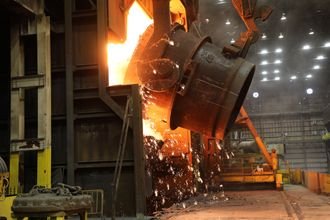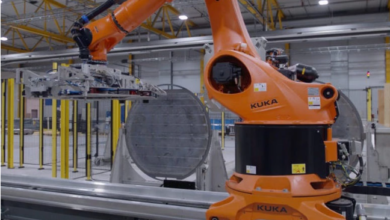Equinor, US Steel to explore hydrogen, carbon capture and storage development
Hydrogen based steel processes and CCS are among the more promising and sustainable technologies currently being developed.

US Steel Corporation has signed a non-exclusive Memorandum of Understanding (MoU) with Equinor US Holdings Inc., an affiliate of Equinor Asa, to study the potential for hydrogen development and carbon capture and storage (CCS) in the tri-state region of Ohio, Pennsylvania, and West Virginia.
The scope of work will encompass assessments of regional hydrogen and CCS potential, appropriate customer and supplier screenings, blue hydrogen advocacy, CCS, and examining renewable energy synergies.
The focus of the MoU is to assess the technological and commercial possibilities for hydrogen and CCS. Both partners will also explore opportunities to decarbonise the industry by exploring using natural gas coupled with CCS.
Richard Fruehauf, Senior VP, Chief Strategy & Sustainability Officer, said, “As we build momentum toward our ambitious goal targeting net-zero carbon emissions by 2050, the opportunity to explore the potential for a hydrogen hub in this region – anchored in the Mon Valley – is cause for optimism.”
US Steel is committed to its sustainability goals and set out an ambitious goal targeting net-zero carbon emissions by 2050. The company net-zero goal builds on its existing plan to reduce greenhouse gas emissions intensity by 20% across its global footprint by 2030. To achieve its net-zero goal for 2050, US Steel expects to leverage its electric arc furnaces (EAF) coupled with other technologies such as direct reduced iron, carbon-free energy sources such as hydrogen, and carbon capture, sequestration, and utilisation.
In April this year, US Steel joined ResponsibleSteel™, a global members forum for the steel supply chain to work together to promote steel’s contribution to a sustainable future. The steel industry has a significant impact throughout its value chain, from mine to end product and is responsible for more than 7% of the global greenhouse gas emissions.
